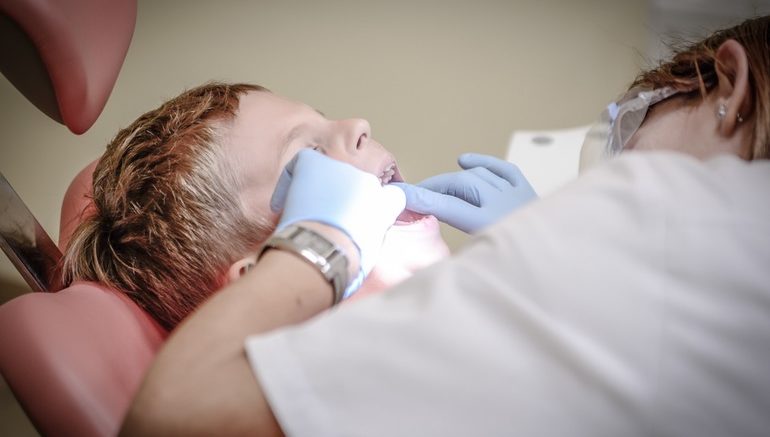I refer to the article “Make America Singapore ” (Straits Times, Mar 20).
Singapore’s healthcare system is the marvel of the wealthy world
It states that “(NYTIMES) – Is there an existing health insurance system that vindicates this boast? Yes, in a sense: There is Singapore, whose health care system is the marvel of the wealthy world. Singaporeans pay for much of their own care out of their own pockets, and their major insurance program is designed to cover long-term illnesses and prolonged hospitalizations, not routine care”.
Healthcare spending share: Public 33%, Private 67%?
– According to the article “Subsidise MediShield premiums for needy, says NCMP” (Today, Nov 13, 2013) –
Will increase Government’s share of healthcare spending from 33 to 40%?
“In response, Health Minister Gan Kim Yong said the Government will shoulder a greater proportion of healthcare costs, from the current 33 per cent to 40 per cent or more. It is reviewing the subsidy structure at Specialist Outpatient Clinics and looking to help the lower-income and pioneer generation of older Singaporeans to pay for MediShield Life premiums, so they need not worry about healthcare in their old age.”
Self-contradictory?
Don’t you find it somewhat self-contradictory to say that “the Government will shoulder a greater proportion of healthcare costs, from the current 33 per cent to 40 per cent or more”- and yet on the other hand say that Medishield premiums will have to increase, Medisave contribution rate will have to increase, etc?
Increased Medishield Life, Medisave – have to increase some more?
We have been hearing the same rhetoric in recent years that the Government will spend more on healthcare – yet at the same time, we keep increasing healthcare costs (drugs are priced at cost including overhead and operations costs, medical procedures, etc), Medishield Life premiums and Medisave contribution rates, etc?
So, if you keep increasing everything on healthcare, what exactly does “will increase” the Government’s share from the current 33 to 40 per cent really mean?
No timeline for “will increase”?
Also, shouldn’t there be a target timeline for the increase – such as to 35 per cent by the end of which year, 40 per cent by the end of next year or something?
Will there be periodic updates in the future on the progress of this “will increase”?
Otherwise, how do we hold the Government accountable on this promise to increase?
As an analogy, if I tell you that I will help you more, but I never say by when – then what good is it to you in reality?
5% of GDP – one of the lowest in the world?
As to “The combination has produced genuinely extraordinary results: The island state has excellent health outcomes while spending, as of 2014, just 5 percent of G.D.P. on health care. (By comparison, a typical Western European country that year spent around 10 percent; the United States spent 17 percent.)
S’poreans paying one of the highest proportion of their income for healthcare, in the world?
– at the current maximum Medisave contribution rate of up to 10.5 per cent (plus private cash spending on healthcare) – does it mean that from a cashflow perspective – Singaporeans may be paying one of the highest proportion of their income for healthcare, in the world?
“However, there has never been a major Republican policy proposal that just imitates what Singapore actually does. That’s because the Singaporean vision is built around personal responsibility and private spending, but also a degree of statism and paternalism that present-day American conservatism instinctively rejects.”
The 3Ms miracle?
With regard to “First, Singaporeans do not spend money voluntarily saved in health-savings accounts. Under their Medisave program, they spend money saved in mandatory health-savings accounts, to which employers contribute as well. Second, their catastrophic insurance doesn’t come from a bevy of competing health insurance companies, but from a government-run single-payer system, MediShield. And then the government maintains a further safety net, Medifund, for patients who can’t cover their bills, while topping off Medisave accounts for poorer, older Singaporeans, and maintaining other supplemental programs as well.
So the Singaporean structure does not necessarily minimize state involvement or redistribution. It minimizes direct public spending and third-party payments, while maximizing people’s exposure to what treatments actually cost. And the results are, again, extremely impressive: By forcing its citizens to save and manage their own spending, the Singaporean system seems to free up an awful lot of money to spend on goods besides health care over the longer haul of life” –
Public healthcare spending + Medisave top-ups + withdrawals = $13.2b?
I estimate that total public healthcare spending, Medisave top-ups and total withdrawals from Medisave, was about $13.2 billion ($9.8 public spending + $3.4 billion)?
Medisave contributions + annual % on Medisave accounts’ balances = $13.3b?
I estimate that the annual Medisave contributions plus the annual interest on Medisave accounts’ balances to be about at least $13.3 billion.
Cashflow perspective – Govt may not be spending a single cent on healthcare?
So, from a cashflow perspective – does it mean that the Government may still not be spending a single cent on healthcare. if annual inflows exceed outflows ($13.3 billion – $13.2 billion)?.
Democracy, Press Freedom: America (21st, 41st), S’pore (70th, 154th)?
In respect of “This is the point in a normal column where I would note the insuperable political obstacles to getting a Singaporean plan through Congress even if Republicans embraced it” – arguably this may be due to America having a greater democracy (EIU Democracy Index 2016 – Singapore: 70th, America: 21st) and a higher Press Freedom Ranking (Singapore: 154th, America: 41st) than Singapore.
废话少说-Fei Hua Shao Shui
Leong Sze Hian
